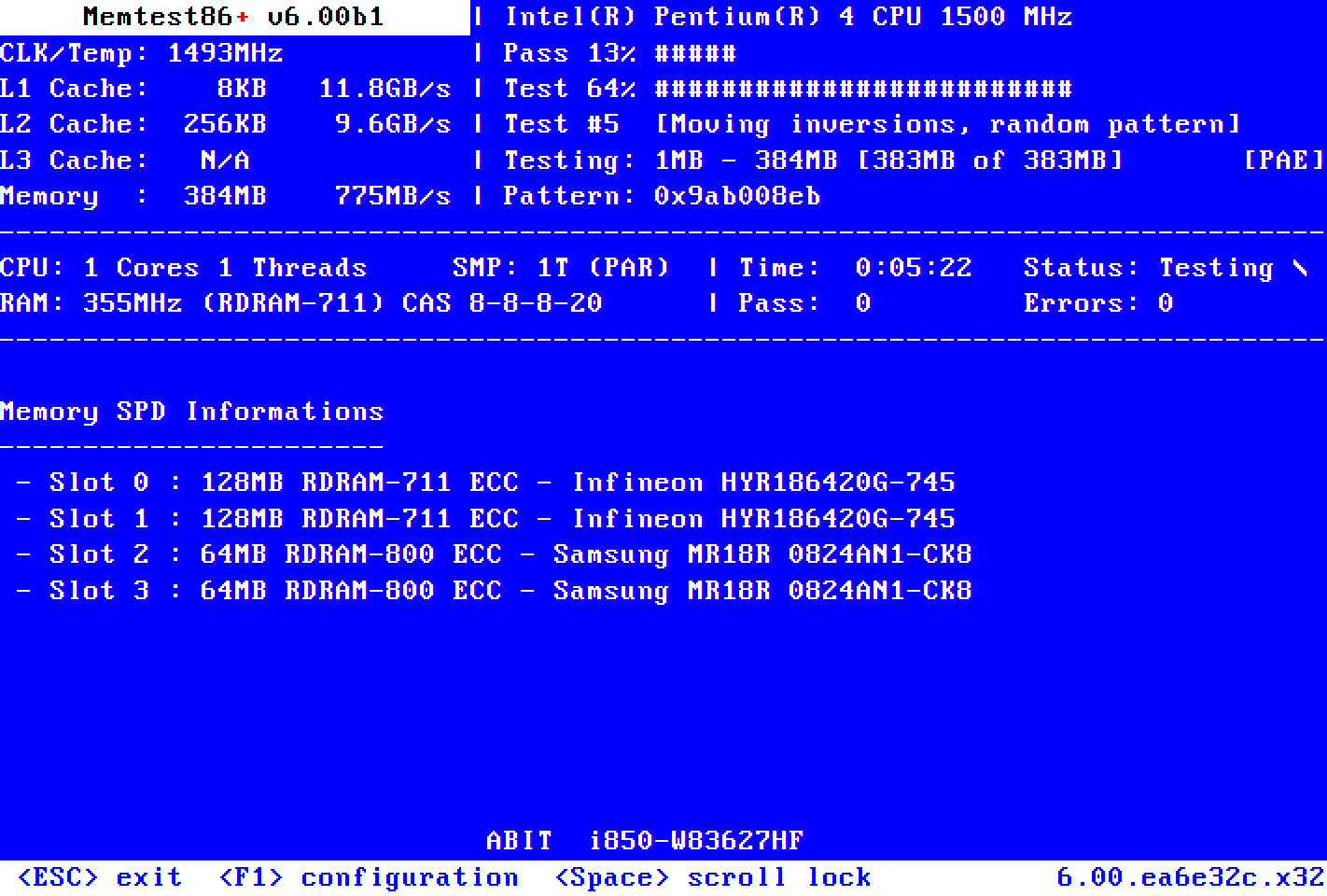I have had this PC for about 7 years already.
Specs:
Mobo: ASUS Prime Z270M-Plus
CPU: Intel Core i7 -7700 Quad Core
GPU: GeForce GTX 1070
RAM: 2 sticks with XMP enabled
PSU: Chieftec Polaris 1250W (it was not meant to be used in this PC, but used anyway)
Symptoms
1. Sudden system instability, video signal is lost, although other processes such as music can still play and whole system seems working for a couple of minutes when it happens.
2. Sometimes it just moves to this mode without symptom 1. All coolers work at full speed or unstable, system does not respond to anything including long press of power button.
So I can only turn it off by power switch on PSU. When I do that, I can't make my system to start. It is in this unresponsive state with coolers working unstable, sometimes on full speed sometimes in normal mode.
I can switch off and on for a couple of times while watching on Mobo's lights. In many cases there is no indication of power on PCIe ports neither on LAN. In some cases they are lit but systems is still unresponsive.
It does provide power on my keyboard and mouse all the time when PC is on.
On third-fourth try it starts, I can enter UEFI, but it freezes. Next series of switching off and on finally starts a system normally and I can work, until next instability issues appears.
What could that be? My guess it is somehow related to power, either capacitors on Mobo are dying, either is PSU issue, what do you think of that?
Specs:
Mobo: ASUS Prime Z270M-Plus
CPU: Intel Core i7 -7700 Quad Core
GPU: GeForce GTX 1070
RAM: 2 sticks with XMP enabled
PSU: Chieftec Polaris 1250W (it was not meant to be used in this PC, but used anyway)
Symptoms
1. Sudden system instability, video signal is lost, although other processes such as music can still play and whole system seems working for a couple of minutes when it happens.
2. Sometimes it just moves to this mode without symptom 1. All coolers work at full speed or unstable, system does not respond to anything including long press of power button.
So I can only turn it off by power switch on PSU. When I do that, I can't make my system to start. It is in this unresponsive state with coolers working unstable, sometimes on full speed sometimes in normal mode.
I can switch off and on for a couple of times while watching on Mobo's lights. In many cases there is no indication of power on PCIe ports neither on LAN. In some cases they are lit but systems is still unresponsive.
It does provide power on my keyboard and mouse all the time when PC is on.
On third-fourth try it starts, I can enter UEFI, but it freezes. Next series of switching off and on finally starts a system normally and I can work, until next instability issues appears.
What could that be? My guess it is somehow related to power, either capacitors on Mobo are dying, either is PSU issue, what do you think of that?


